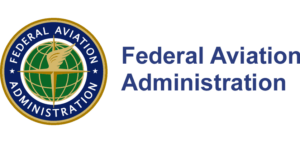 The U.S. Department of Transportation’s Federal Aviation Administration (FAA), have proposed a ruling requiring drones to be remotely identifiable.
The U.S. Department of Transportation’s Federal Aviation Administration (FAA), have proposed a ruling requiring drones to be remotely identifiable.
Designed to continue the safe integration of drones into US airspace, the Notice of Proposed Rulemaking (NPRM) for the Remote Identification of UAS, is currently on display at the Federal Register. A 60-day comment period commencing December 26th 2019, will receive public feedback and assist the FAA in developing a final rule to enhance U.S. aerial safety.
Under the Remote ID Rule, recreational drones weighing less than 0.55 pounds would not be required to register with the FAA, but all other UAVs would be required to register as well as anyone operating foreign civil unmanned aerial systems (UAS) in the U.S.
Speaking of the ruling, U.S. Transportation Secretary Elaine L. Chao said; “Remote ID technologies will enhance safety and security by allowing the FAA, law enforcement, and Federal security agencies to identify drones flying in their jurisdiction.”
With approximately 1.5 million drones already registered with the FAA and 160,000 remote pilots, unmanned aerial systems are a fast-growing segment within the transportation sector. It is hoped that the continued safe integration of UAVs within US airspace could pave the way for more complex operations, for example BVLOS operations at low altitudes. The larger aim is to construct a UAS traffic management ecosystem synchronised with air traffic management systems.
FAA Administrator Steve Dickson commented; “Safety is a joint responsibility between government, pilots, the drone community, the general public and many others who make our nation so creative and innovative.”


















